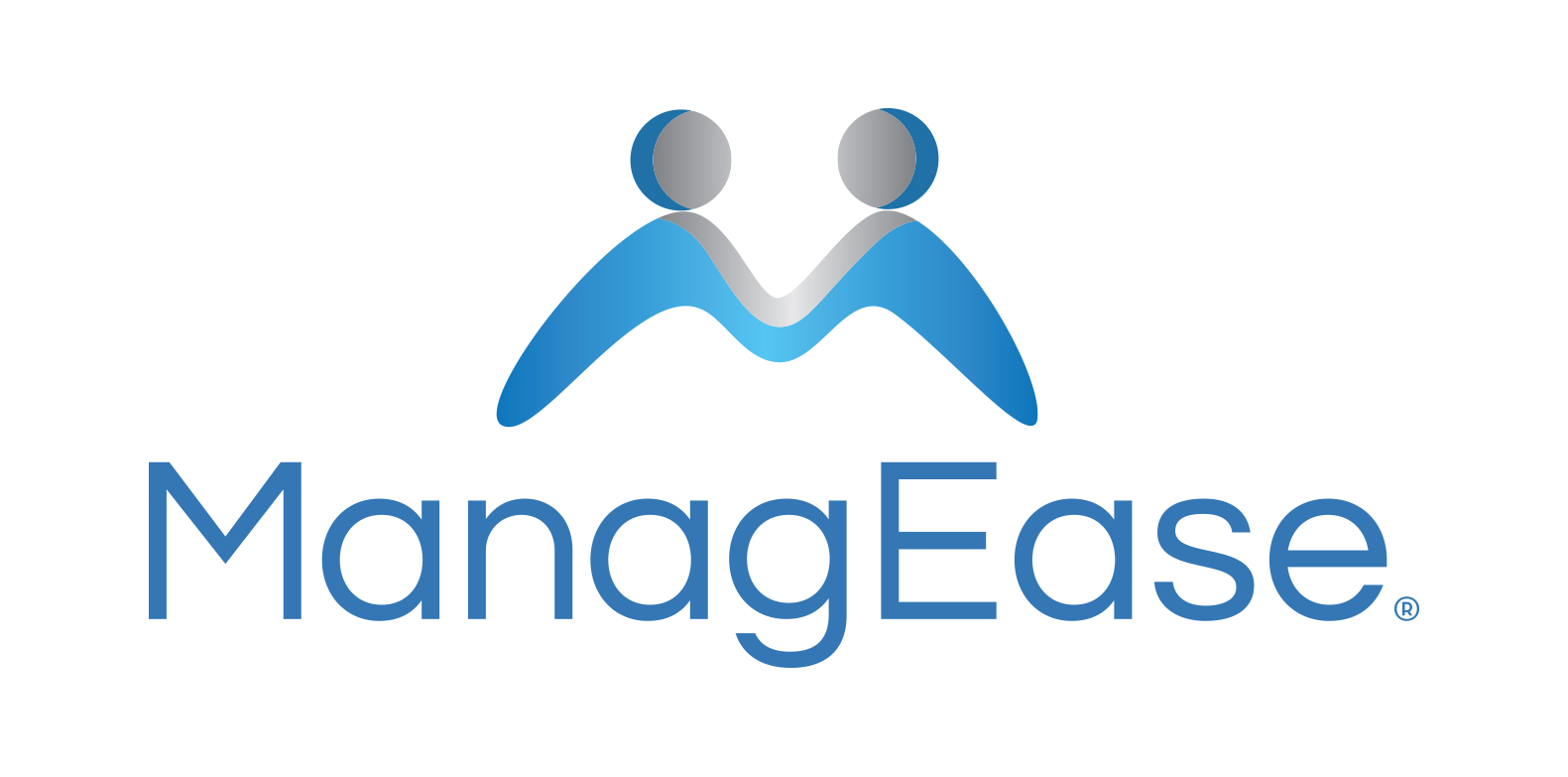EEOC Updates Workplace Harassment Guidance
|
APPLIES TO All Employers with 15+ Employees |
EFFECTIVE April 29, 2024 |
QUESTIONS? Contact HR On-Call |
Quick Look
|
Discussion
The U.S. Equal Employment Opportunity Commission (EEOC) recently updated its “Enforcement Guidance on Harassment in the Workplace.” The Guidance is updated based on recent case law, such as Bostock v. Clayton County, which protects sexual orientation and gender identity. The Guidance also addresses covered protected classes and causation, such as discriminatory conduct, stereotyping, and discriminatory impact.
In terms of the types of harassment, the Guidance addresses conduct that is not directed at the complainant, conduct that occurs in work-related context outside of the regular place of work, and conduct that occurs in a non-work-related context but with impact on the workplace. There are examples of harassment occurring at an off-site employer-hosted party, and during non-work hours at employer-provided housing. The Guidance explains that conduct also occurs in the work environment if it occurs using an employer’s email system, electronic bulletin board, instant message system, videoconferencing technology, intranet, public website, official social media accounts, or other equivalent technologies. Moreover, conduct that can affect the terms and conditions of employment, even if it does not occur in a work-related context, includes electronic communications using private phones, computers, or social media accounts, if it impacts the workplace.
The Guidance further clarifies that “postings on a social media account generally will not, standing alone, contribute to a hostile work environment if they do not target the employer or its employees.” Conversely, non-consensual posting of real or computer-generated intimate images on social media or other electronic means can contribute to a hostile work environment, if it impacts the workplace. Importantly, the Guidance highlights that harassment by a supervisor that occurs outside the workplace is more likely to contribute to a hostile work environment than similar conduct by coworkers, given a supervisor’s ability to affect a subordinate’s employment status.
The Guidance also discusses harassment prevention, effective training, and how to conduct a prompt and adequate investigation and take appropriate action based on the findings of that investigation. There are 77 examples of harassment scenarios throughout the Guidance. Employers should review the Guidance for helpful insight into harassment prevention.
Action Items
- Review the Guidance here.
- Review additionally released resources, including Summary of Key Provisions, Questions and Answers for Employees, and Small Business Fact Sheet.
- Review harassment prevention policies for compliance.
- Provide annual harassment prevention training to all employees.
Disclaimer: This document is designed to provide general information and guidance concerning employment-related issues. It is presented with the understanding that ManagEase is not engaged in rendering any legal opinions. If a legal opinion is needed, please contact the services of your own legal adviser. © 2024 ManagEase
